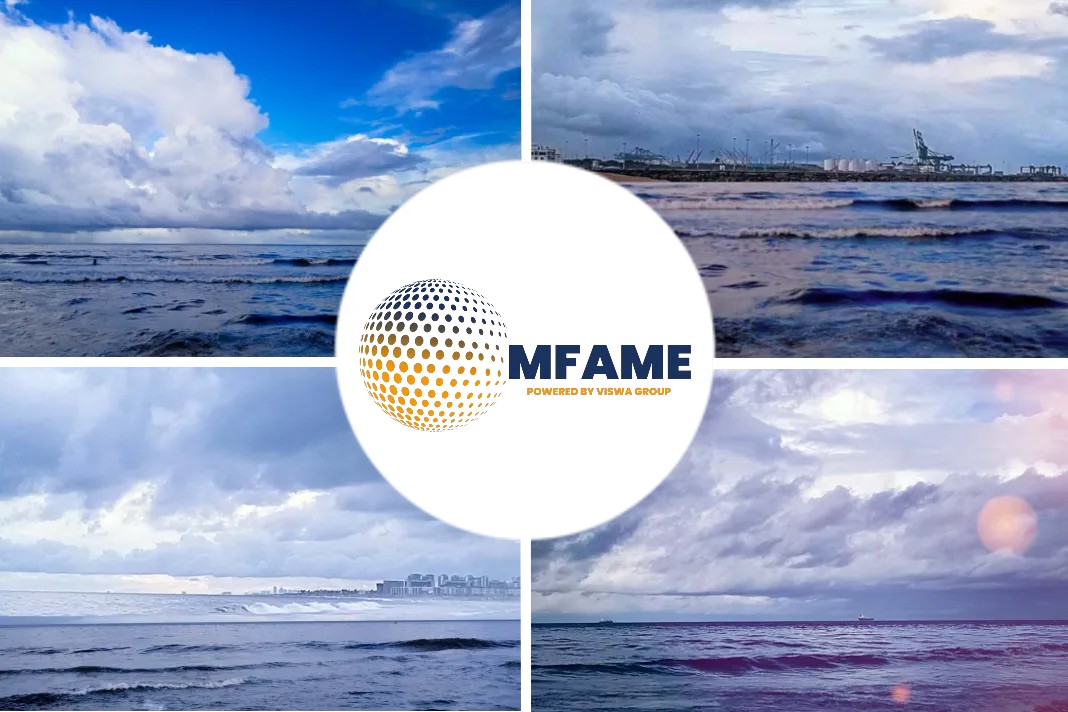- Paris MOU has launched an inspection campaign to verify compliance with the requirements of the Polar Code.
- The campaign will be run over two periods, the first inspection period started on 13 June and will last until 1 July 2022.
- The second period will run from 1 to 19 August 2022.
A recent news article published in the Gard talks about polar Code on the PSC agenda.
Polar Code inspection campaign
The Polar Code inspection campaign is in addition to the regular Concentrated Inspection Campaigns (CIC) and is held at a different time of the year due to the seasonal voyage plans of the ships sailing to the polar area. The main purpose of the inspection campaign is not only to determine the level of compliance with the requirements of the Polar Code within the shipping industry, but also to:
- create awareness amongst ship crews and shipowners of the increased risk to ships operating in polar waters, and the protection of the vulnerable polar environment, and
- send a signal to the industry that the safety and pollution prevention requirements of the Polar Code are mandatory, and their enforcement is high on the agenda of the Paris MOU member Authorities.
According to the Paris MOU, a ship will be subject to only one inspection related to this inspection campaign during the period. Port State Control (PSC) Officers will use a pre-defined questionnaire to assess whether the information and equipment provided onboard complies with the relevant conventions.
The questionnaire is annexed to the Paris MOU’s press release of 3 June 2022.
The Polar Code – a recap
IMO’s Polar Code (the International Code for Ships Operating in Polar Waters) entered into force on 1 January 2017. It is mandatory under both SOLAS and MARPOLand covers the full range of design, construction, equipment, operational, training, search and rescue, and environmental protection matters relevant to ships operating in the inhospitable waters surrounding the two poles.
The Code requires ships intending to operate in the defined waters of the Antarctic and Arctic to apply for a Polar Ship Certificate. The Certificate will classify the vessel as a Category A, B or C ship depending on the anticipated range of operating conditions and hazards the ship may encounter in polar waters.
Furthermore, ships are required to carry a Polar Water Operational Manual (PWOM), to provide the ship operator and crew with sufficient information regarding the ship’s operational capabilities and limitations in order to support their decision-making process. The PWOM should be considered an extension of a ship’s Safety Management System under the ISM Code and must be maintained and updated accordingly.
Operators must also ensure that crews in charge of a navigational watch on board ships operating in polar waters have completed training to have specific certification for Bridge Watch Duties as per the STCW Convention.
Remember that discharges of garbage and sewage are strictly regulated under the Polar Code due to the vulnerable polar environment.
Additional information is also available on the IMO webpage: Shipping in polar waters
Recommendations
Ships and their equipment should always be maintained in such a way as to ensure safe operations and smooth PSC inspections. However, targeted PSC inspections announced in advance serve as timely reminders for companies and seafarers to focus on specific areas where a higher risk of accidents and/or non-compliance with international safety regulations could exist.
We strongly encourage operators with ships trading, or intending to trade, to the defined polar waters to use this inspection campaign as a reminder of the importance of ensuring readiness of the shore organization, crew and equipment to handle all ‘polar hazards’ which may lead to elevated levels of risk. In addition to varying conditions of sea ice, hazards such as low temperatures and topside icing affecting working environments and equipment functionality, extended periods of darkness or daylight affecting navigation and human performance, rapidly changing and severe weather conditions, and remoteness and delays in emergency response should assistance be required, should be assessed and accounted for in the PWOM.
Experience from recent grounding incidents shows that sea charts in some polar waters are not always reliable. Hence, operators who do not regularly operate in ice infested waters should consider engaging certified ice-advisors to support their bridge teams when planning transits in areas where ice can be expected – even if the bridge team members have the required STCW training.
Did you subscribe to our daily Newsletter?
It’s Free! Click here to Subscribe
Source: Gard






















